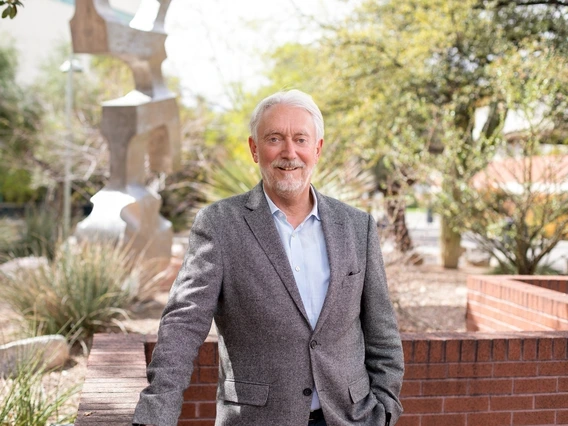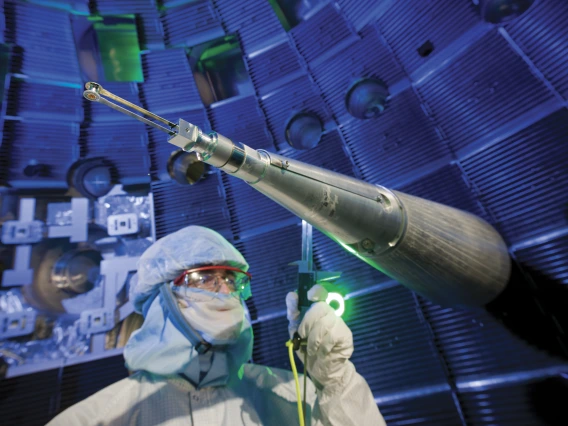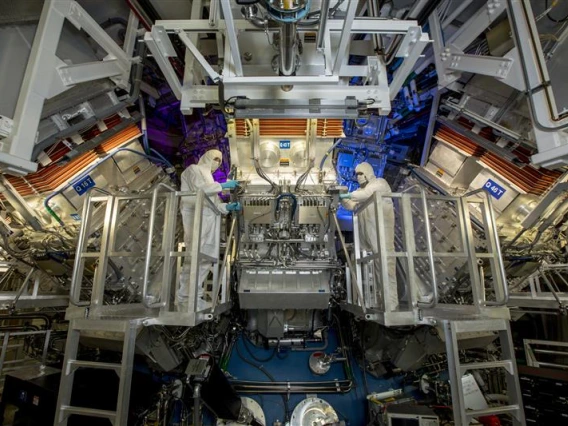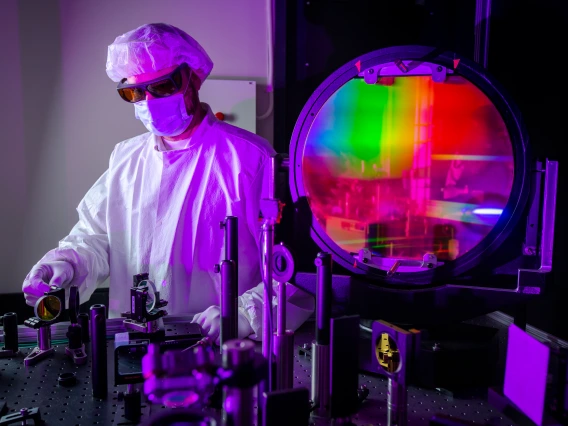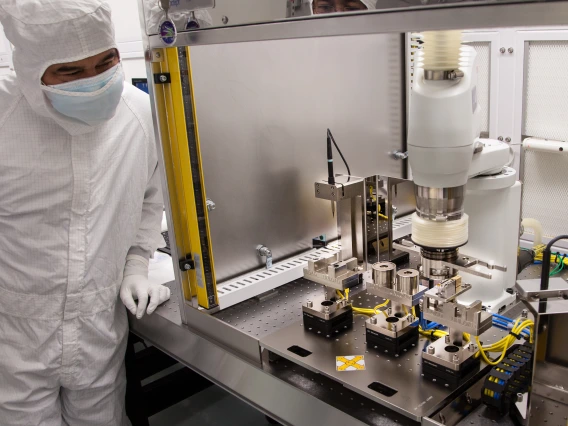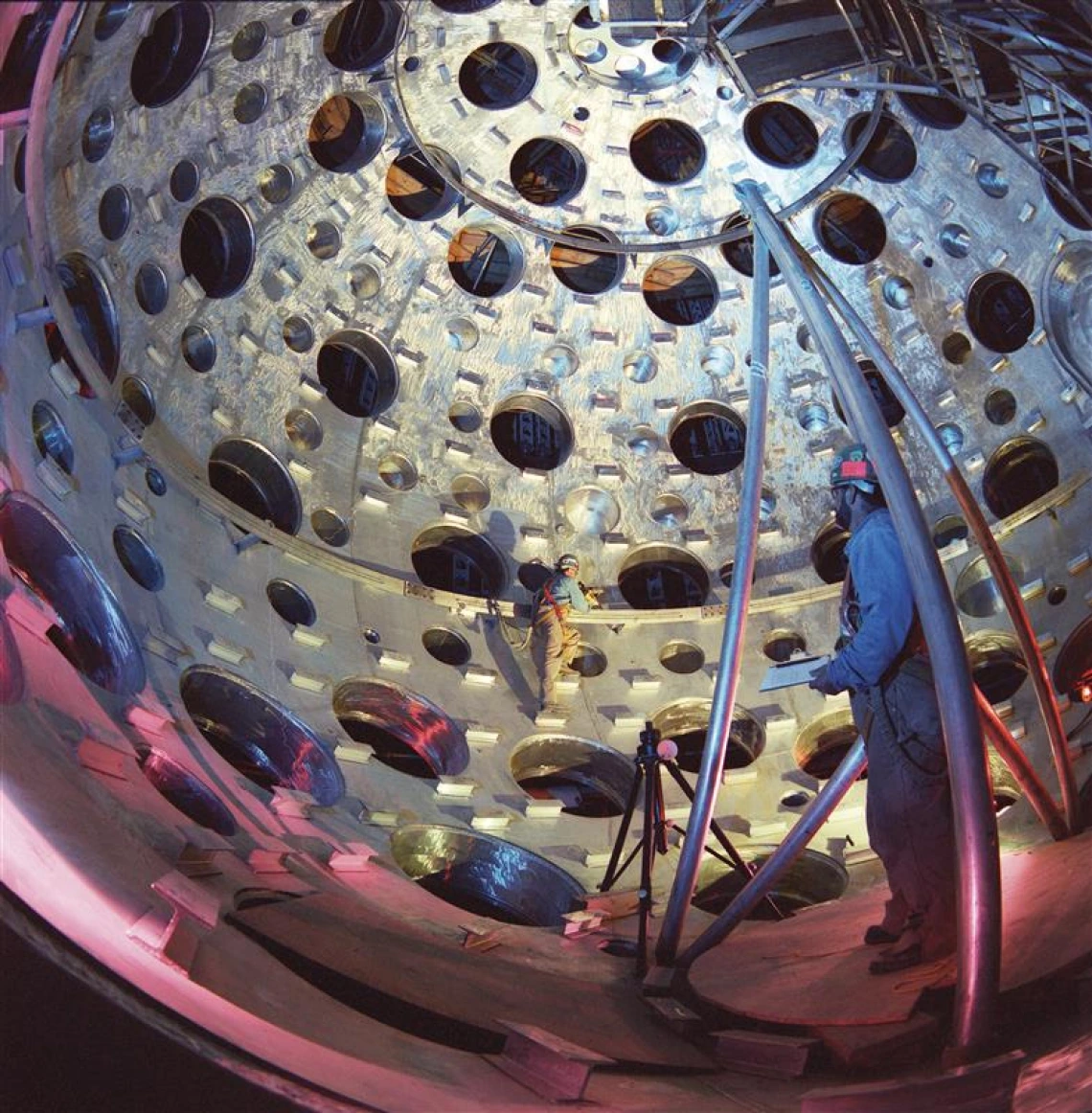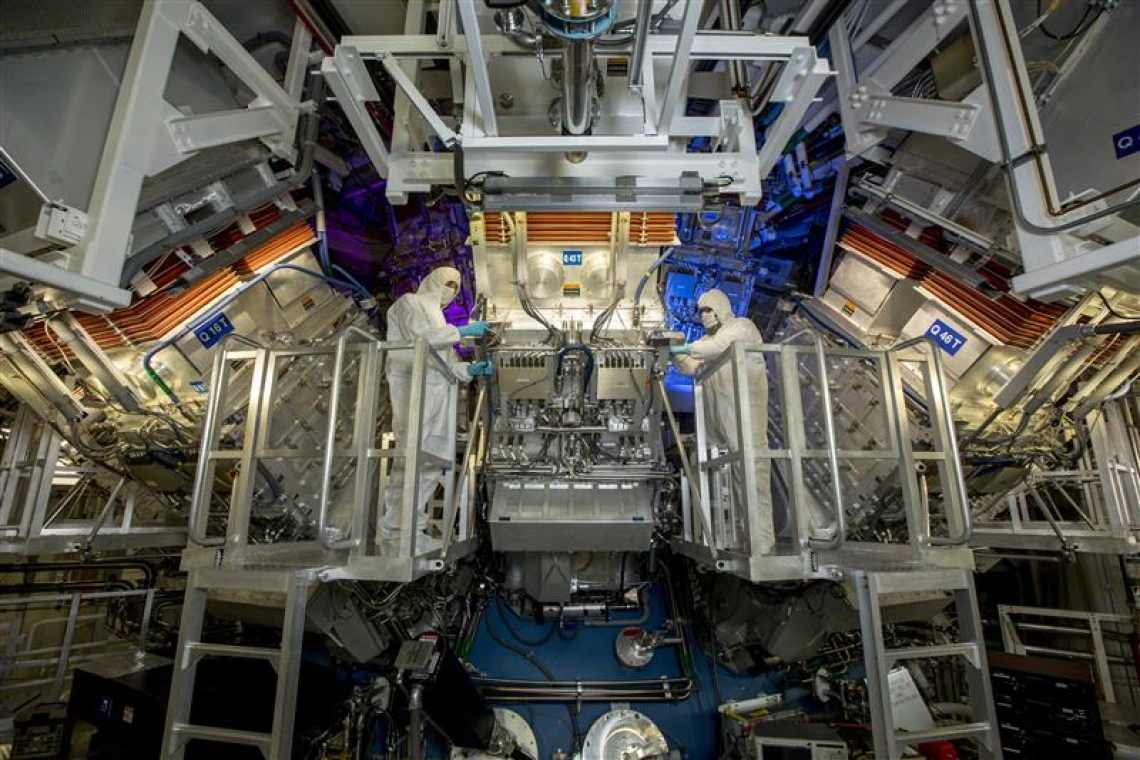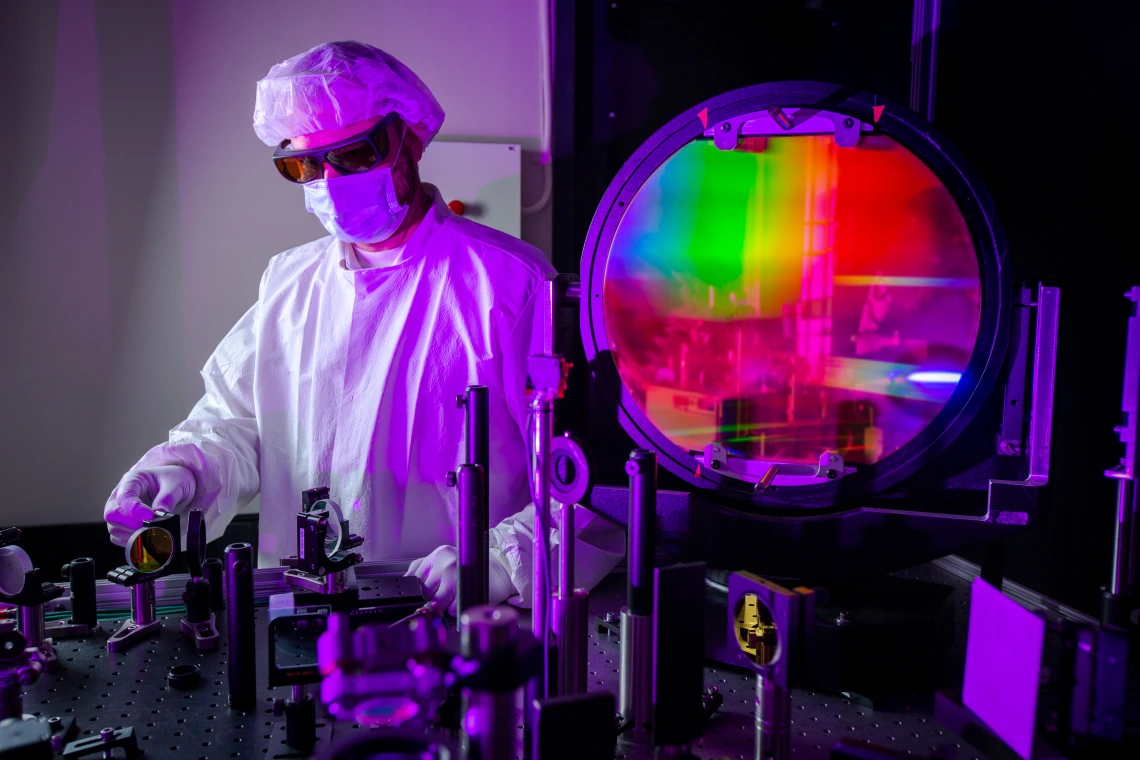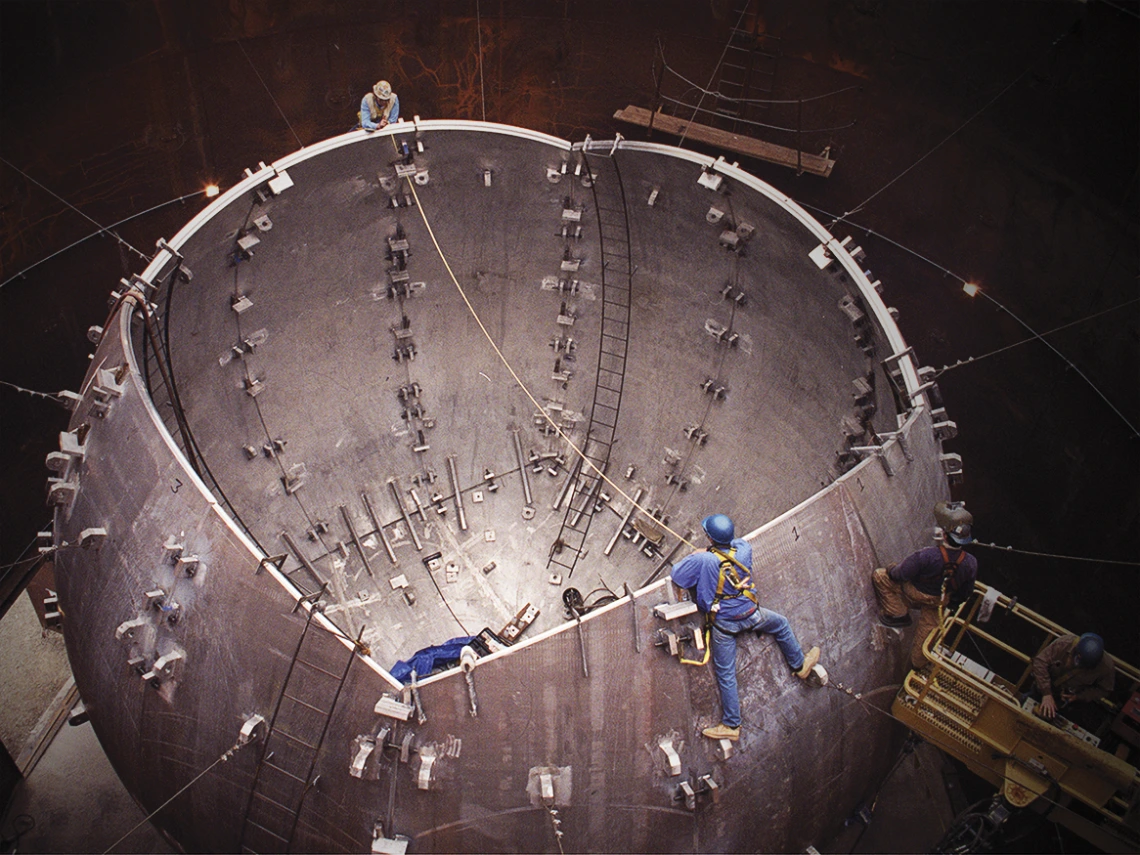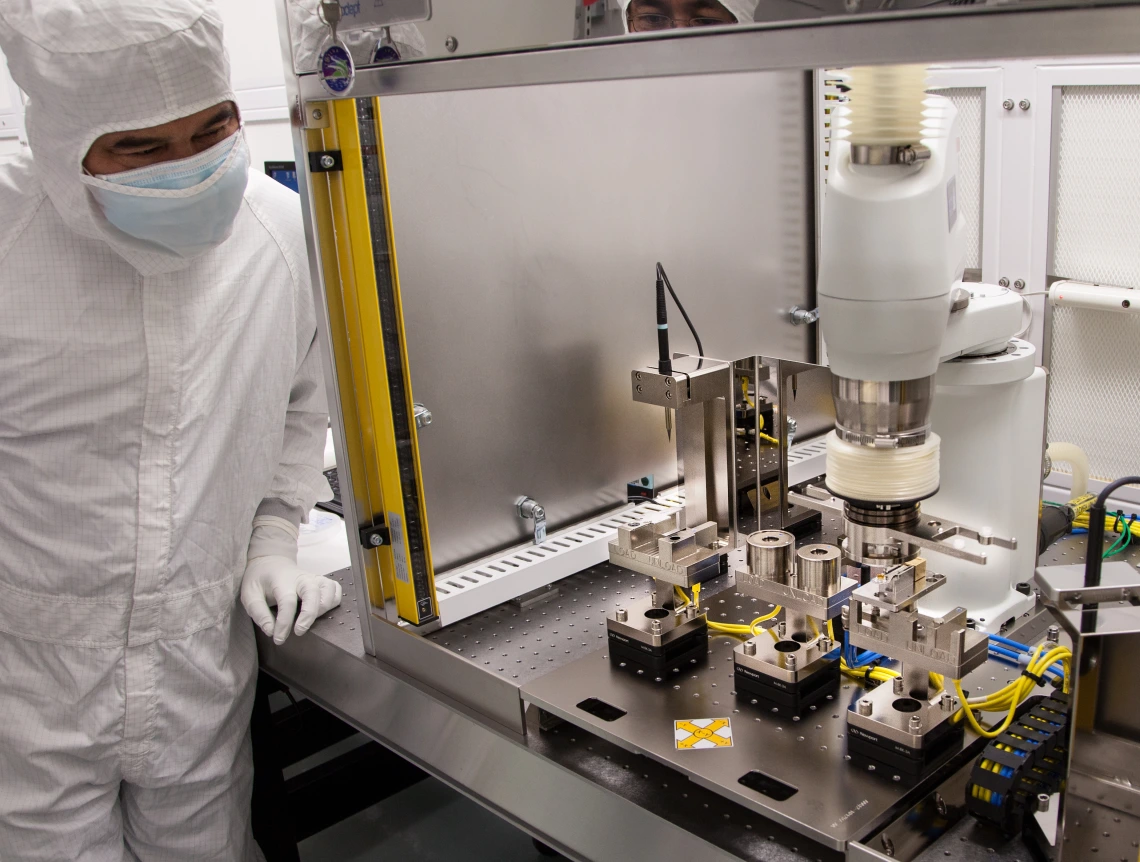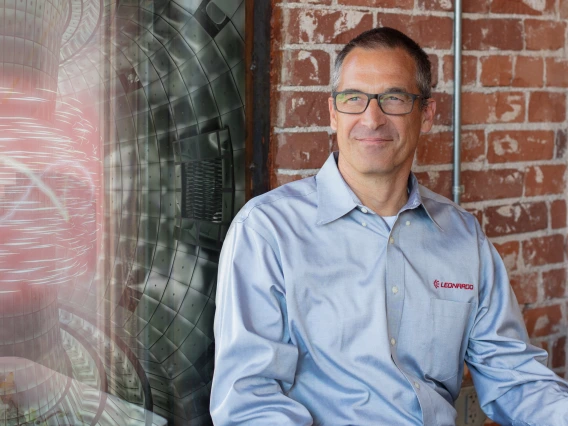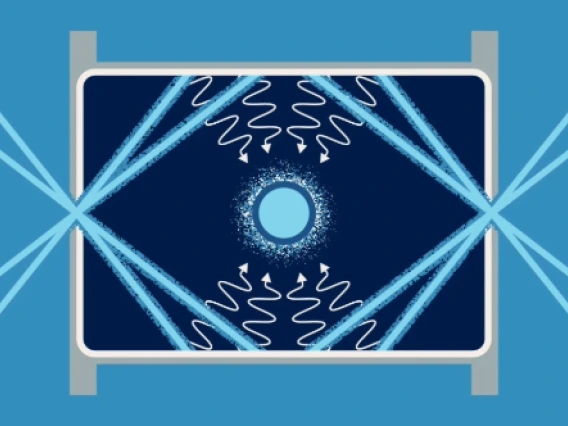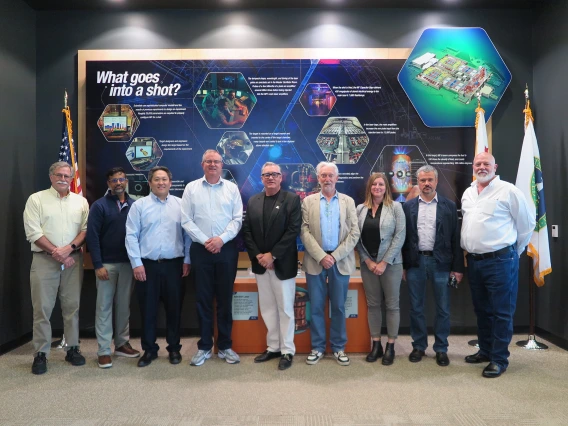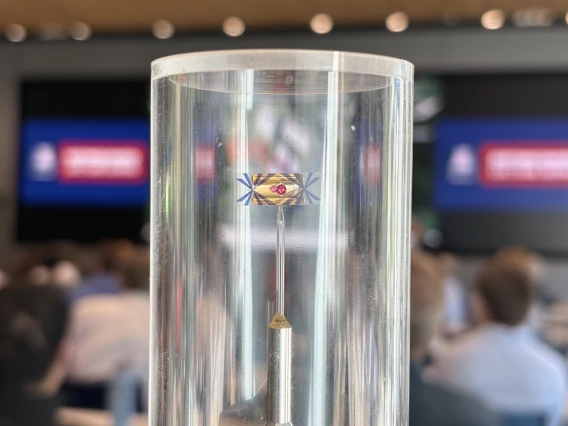Fusion Energy: Powering Arizona's Future
The University of Arizona is leading the next frontier in fusion energy research and commercialization, harnessing the power of the stars to deliver a safe, sustainable, and virtually limitless energy source here on Earth.

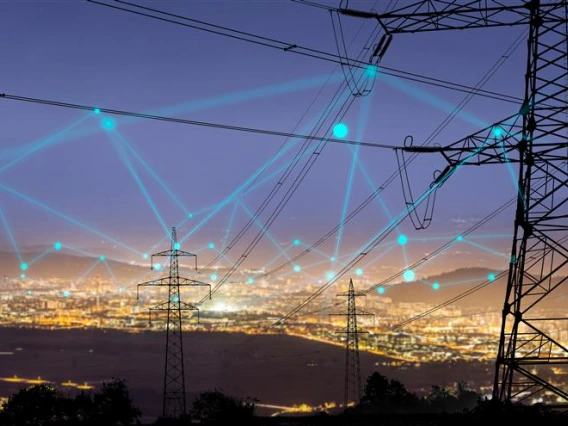
Powering the Digital World
The rise of AI, cloud computing, and streaming services has driven an explosive demand for energy-intensive data centers. These digital engines require constant, reliable power—making clean, baseload energy from fusion a vital part of meeting the world’s growing computing needs without increasing carbon emissions.

Energy Equity Across the Globe
Around 750 million people still live without electricity, and more than two billion rely on unsafe fuels for cooking. Fusion energy could close this gap, offering safe, affordable, and sustainable power to communities worldwide—improving health, education, and opportunity.
In the News
Our Goals
- Advance R&D: Target critical challenges in advanced materials, chemical and systems engineering, high-power laser development, and plasma science, and develop engineering designs with robust market potential.
- Build the workforce: Develop experiential learning, professional training programs, and certificate pathways to prepare the next generation of fusion experts.
- Foster public-private partnerships: Collaborate with national laboratories, the U.S. Department of Energy, utility companies, and industry leaders to accelerate lab-to-market strategies and commercial scale-up.
- Establish a Research, Development, Test and Evaluation center of excellence in southern Arizona to integrate component technologies into fusion system prototypes to reduce the technology risk across the entire laser fusion supply chain.
- Grow the startup ecosystem: Establish Arizona as a dynamic home for fusion startups and pave the way for the nation’s first commercial fusion power plants.
- Capitalize on established commercialization platforms: Utilize Tech Launch Arizona, the University of Arizona Center for Innovation, and Tech Parks Arizona to turn breakthrough research into meaningful solutions with market entry potential.

Understanding the Science
Laser-driven inertial confinement fusion uses a hohlraum (a special cylindrical enclosure) to generate X-rays that heat and compress a fuel-containing capsule containing isotopes of hydrogen (deuterium and tritium). These X-rays, produced by high-powered lasers heating the hohlraum, then drive the capsule implosion, achieving the conditions necessary for nuclear fusion.
- Hohlraum: An enclosure, usually made of gold or tungsten, that surrounds the fuel capsule. It’s designed to efficiently convert laser energy into X-rays.
- X-ray Generation: High-powered lasers heat the hohlraum, causing it to emit a large quantity of X-rays.
- Ablation and Implosion: These X-rays from the hohlraum rapidly heat the outer surface of the fuel capsule, causing it to be vaporized (ablated). This creates a rocket-like effect that drives the capsule inwards, compressing and heating the fuel to extreme conditions.
- Fuel Compression and Heating: The implosion rapidly compresses the fuel (typically deuterium-tritium) to very high densities and temperatures. The fuel is held together by its own inertia, hence the term inertial confinement.
- Fusion Reactions: When the fuel reaches the necessary density and temperature, fusion reactions begin, releasing energy.
The Science Up Close
Meet Our Team
Our renowned faculty are driving advances that will shift Earth from energy scarcity to energy abundance—placing Arizona at the center at this growing industry.

Tomás Díaz de la Rubia
Senior Vice President for Research and Partnerships
As Senior Vice President for Research and Partnerships at the University of Arizona, Tomás Díaz de la Rubia is spearheading strategic efforts to position the university as a global leader in fusion energy. A physicist and national lab veteran, he integrates science, technology, and policy to advance fusion as a key pillar of UArizona’s research and innovation agenda.
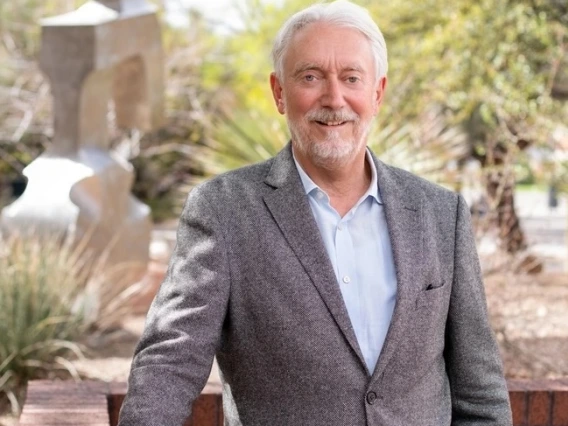
Horst Hahn
Special Advisor to the Senior Vice President for Research & Partnerships
A renowned materials scientist and foreign member of the National Academy of Engineering, Horst Hahn is leading the University of Arizona’s fusion energy initiatives. With decades of experience in advanced materials, nanotechnology, and energy systems, he is shaping interdisciplinary research, strategic partnerships, and national collaborations to drive the commercialization of fusion energy.

Krishna Muralidharan
Professor of Materials Science and Engineering
Krishna Muralidharan’s research pioneers integrated computational materials engineering and multiscale modeling for advanced, high-performance materials. His expertise in designing and simulating materials capable of withstanding extreme environments directly informs the development of resilient materials for fusion reactor components.
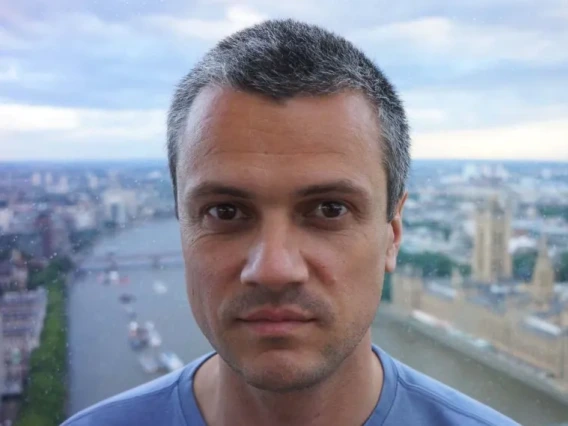
Pavel Polynkin
Research Professor, Optical Sciences and Aerospace & Mechanical Engineering
Pavel Polynkin leads ultrafast, high-intensity laser and plasma research in optical sciences and aerospace engineering. His studies in intense femtosecond laser filamentation and plasma channel formation inform advanced plasma diagnostics and control techniques crucial for fusion applications.

Barrett G. Potter
Professor, Optical Sciences, Materials Science and Engineering
Barrett G. Potter develops advanced glass, ceramic and molecular-hybrid materials for energy, optics and radiation applications. His expertise in additive manufacturing, radiation-resistant materials and photonic/electronic reliability directly informs the design of resilient components and diagnostic materials for fusion reactor environments.

Sammy Tin
Department Head of Materials Science and Engineering
Sammy Tin develops high-temperature nickel-based superalloys and advanced additive manufacturing methods for aerospace and power-generation applications. His work on designing alloys optimized for extreme thermal and mechanical conditions supports creating resilient materials for fusion reactors.




